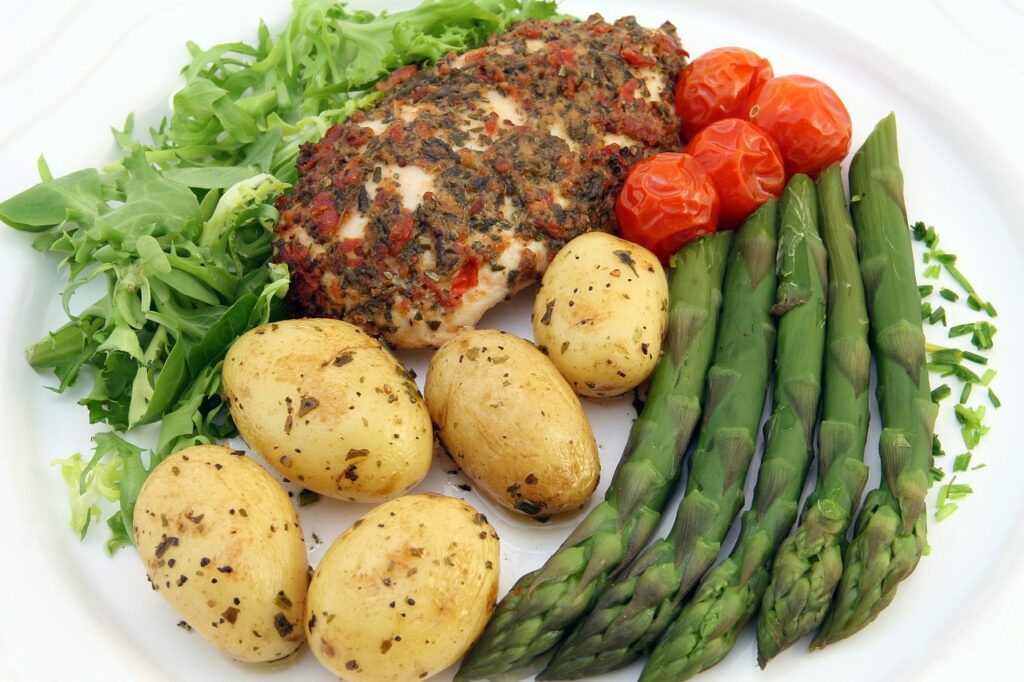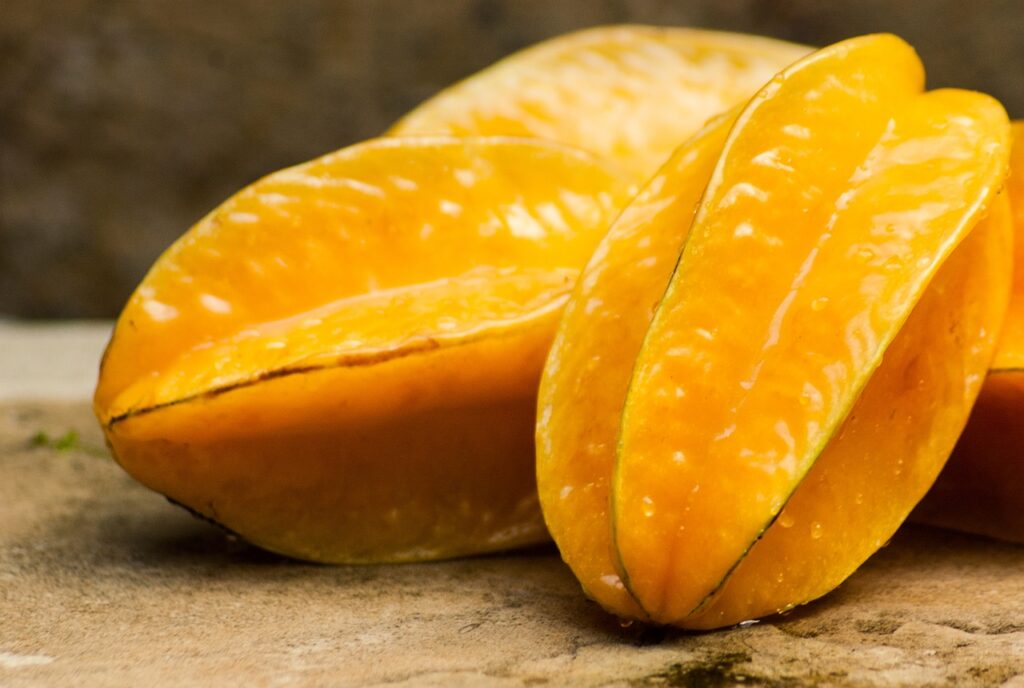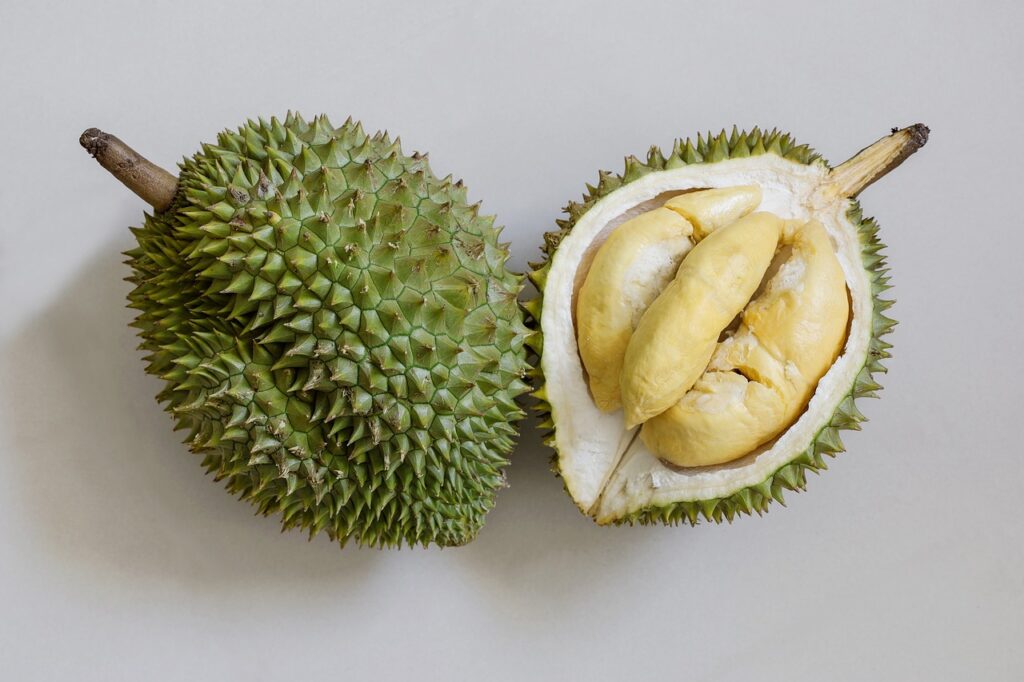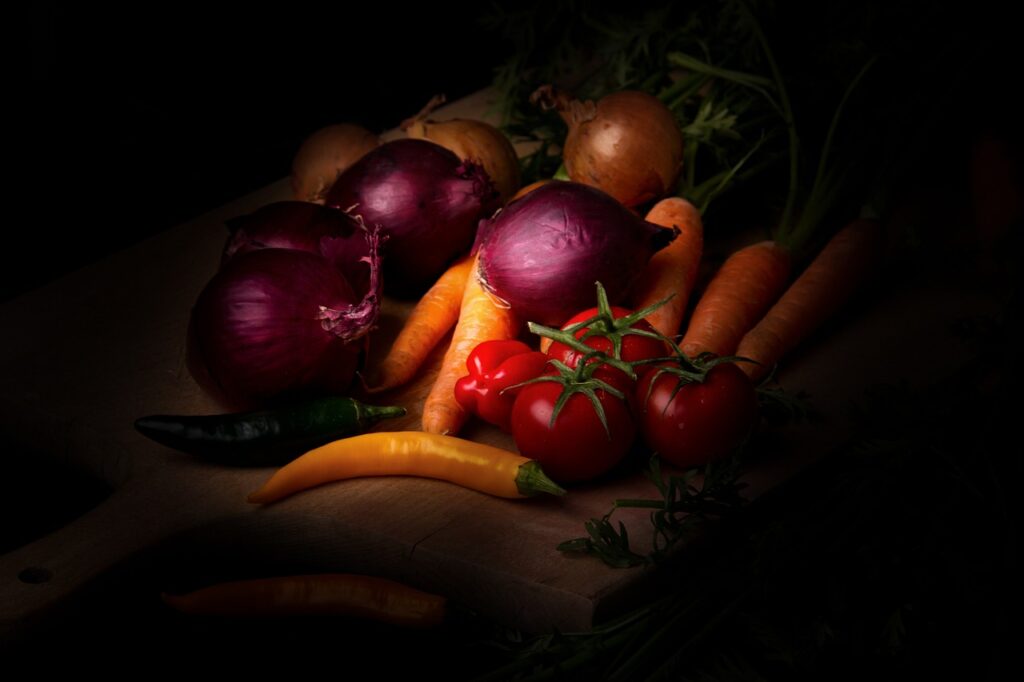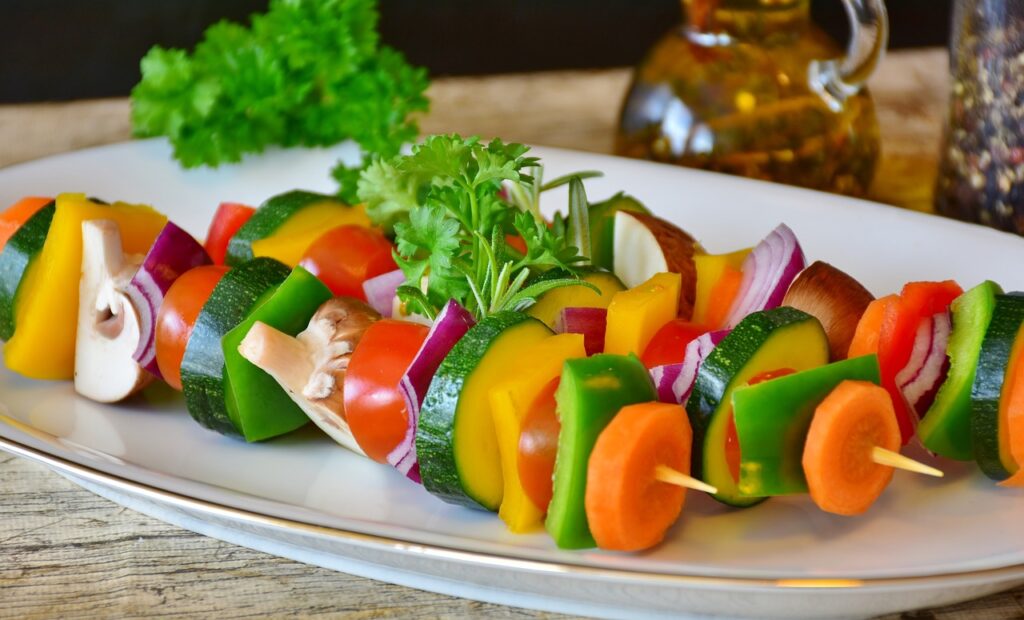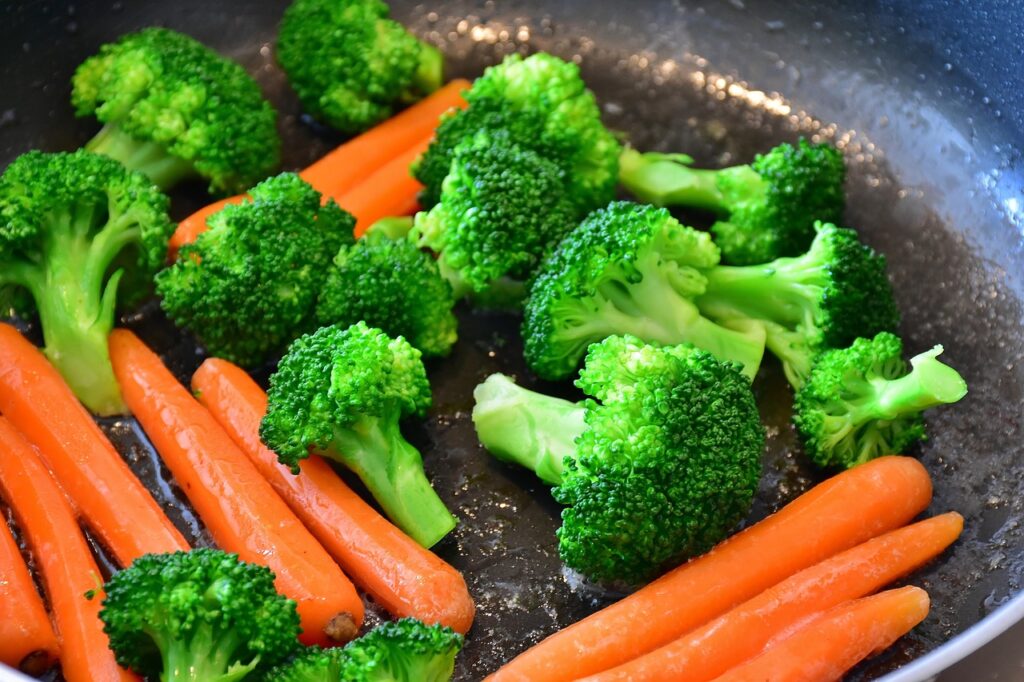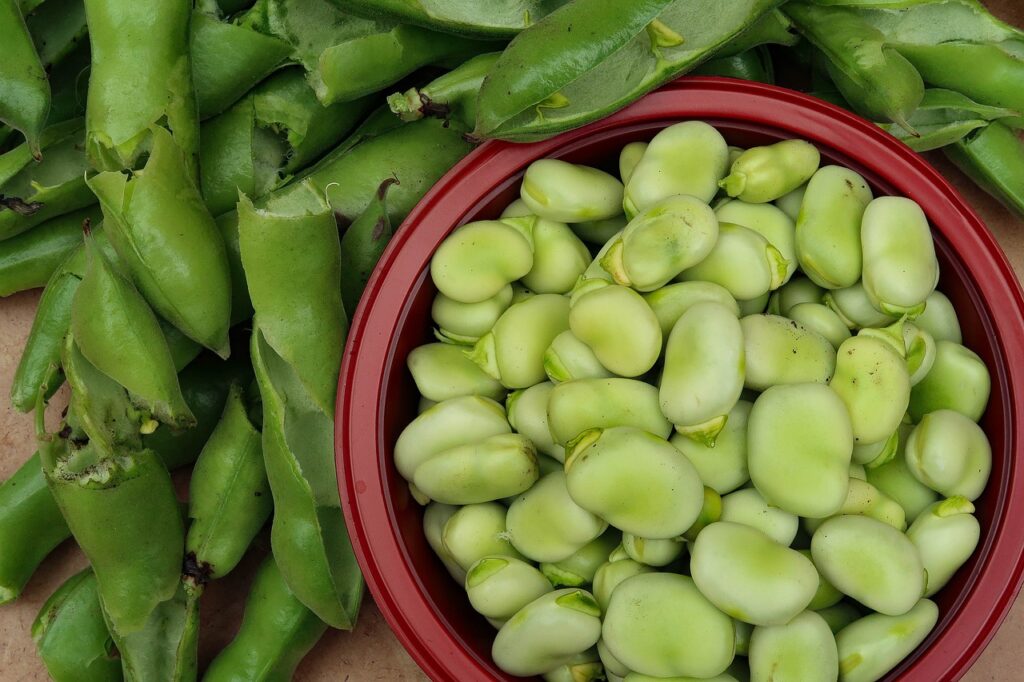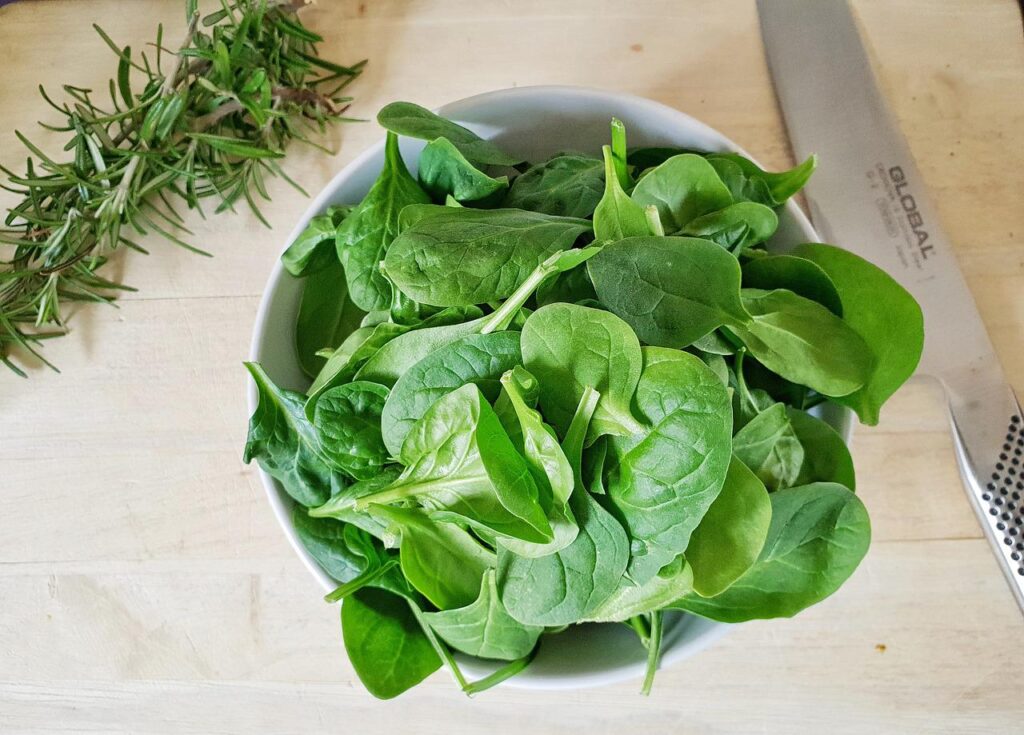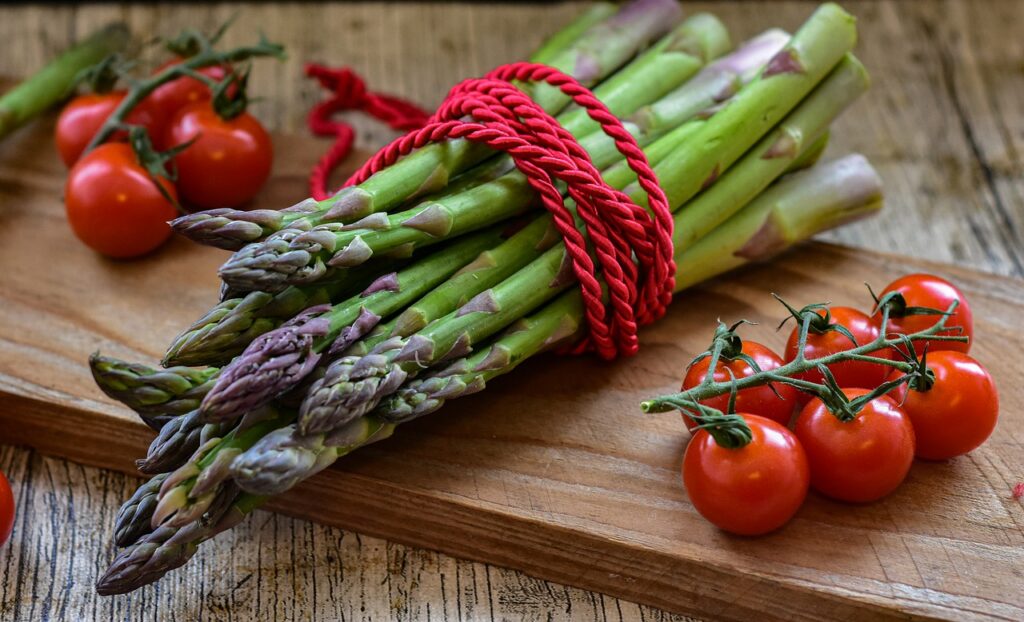Top 10 Salad Recipes for Effective Weight Loss
Top 10 Salad Recipes for Effective Weight Loss
Salads are a great way to add more fruits, vegetables, and other nutrient-dense ingredients to your diet, making them a perfect option for those looking to lose weight.
To support weight loss, it’s important to choose salads that are low in calories, high in fiber, and full of healthy fats, vitamins, and minerals. We present you with the 10 best salad recipes for losing weight. From the classic Caesar Salad to the fresh and flavorful Avocado Tomato Cucumber Salad, we have delicious and nutritious options that will leave you full and satisfied.
These salads are easy to make, customizable, and can be enjoyed as a main course or as a side dish.
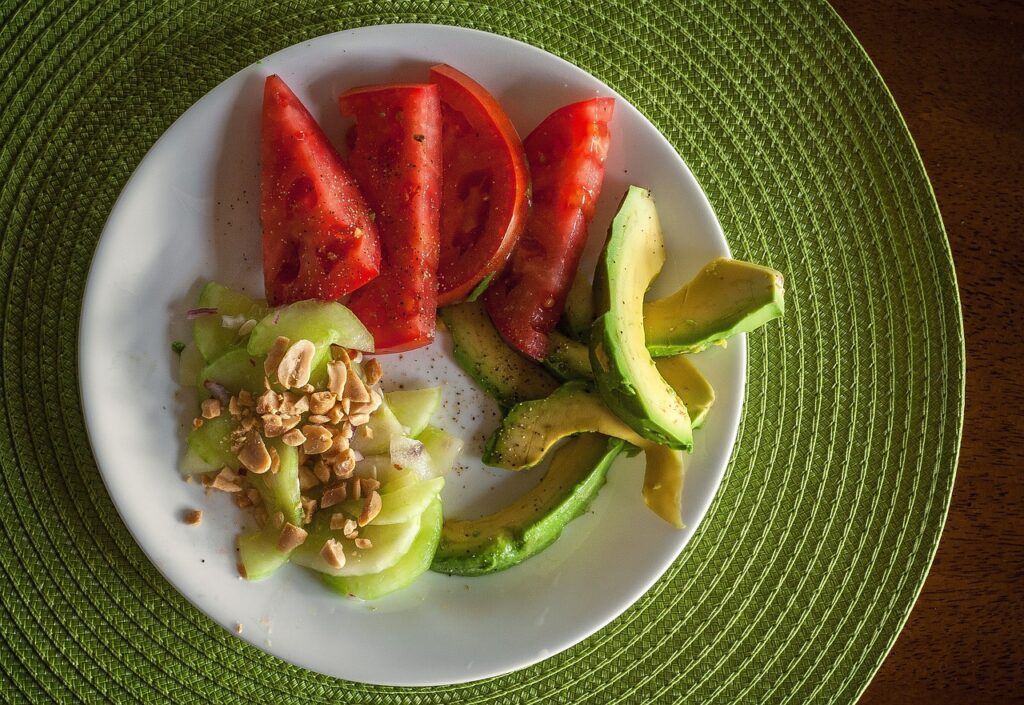
So let’s dive in and find out the best salads for losing weight!
Greek Salad with Grilled Chicken (Calories: 350 per serving)
This classic salad is perfect for weight loss because it’s low in calories and high in protein. It’s also packed with nutrients and vitamins, making it a healthy option for any meal of the day.
For this salad you will need:
- 4 cups chopped romaine lettuce
- 1 cup cherry tomatoes, halved
- 1 cup sliced cucumbers
- 1/2 cup crumbled feta cheese
- 1/2 cup pitted Kalamata olives with bone
- 1 grilled chicken breast, sliced
- 1 tablespoon red wine vinegar
- 2 tablespoons olive oil
- salt and pepper to taste
Preparation:
- In a large bowl, mix together the lettuce, cherry tomatoes, cucumber, feta cheese, and Kalamata olives.
- In a separate small bowl, whisk together the red wine vinegar, olive oil, salt, and pepper.
- Drizzle Dressing over the salad and toss to combine.
- Top Salad with sliced grilled chicken.
Strawberry, Avocado, and Chicken Salad
(Calories: 400 per serving.)
A delicious and healthy option for anyone looking to lose weight, this salad is low in calories but high in nutrients and protein.
To make this salad you will need:
- 4 cups mixed leafy greens
- 1 cup chopped strawberries
- 1 diced avocado
- 1 grilled chicken breast, sliced
- 1/4 cup chopped almonds
- 1 tablespoon balsamic vinegar
- 2 tablespoons olive oil
- salt and pepper to taste
Preparation:
- In a large bowl, combine mixed vegetables, strawberries, avocado, grilled chicken, and almonds.
- In a separate small bowl, whisk together the balsamic vinegar, olive oil, salt, and pepper.
- Drizzle Dressing over the salad and toss to combine.
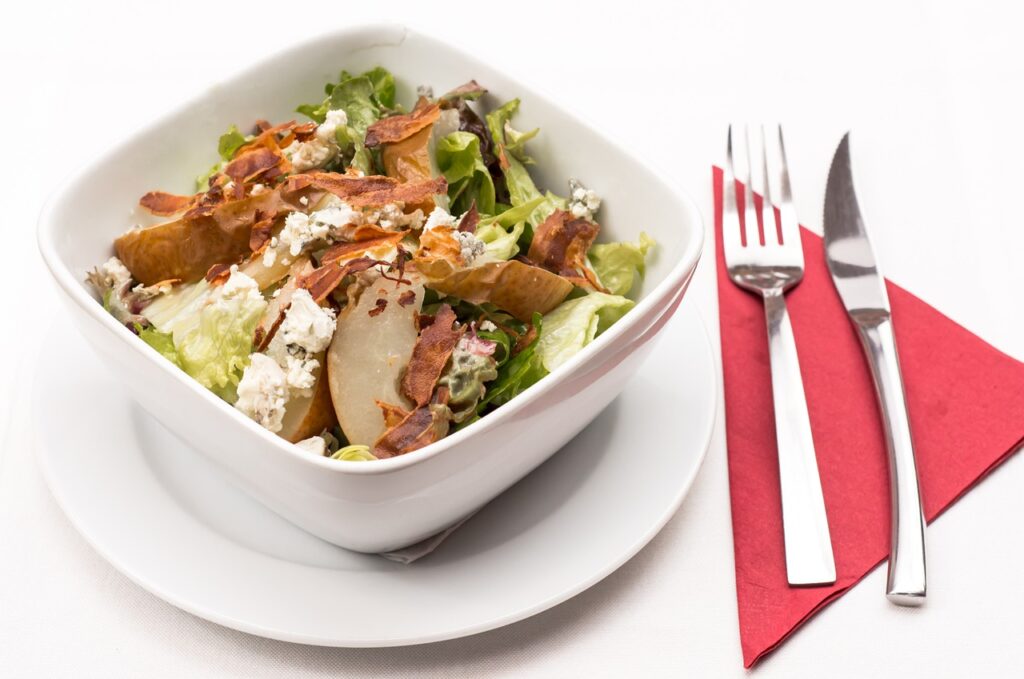
Caesar Salad with Grilled Shrimp (Calories: 350 per serving)
Low in calories and high in protein, this classic salad is an excellent option for those looking to lose weight.
For this salad, you will need:
- 4 cups chopped romaine lettuce
- 1/2 cup grated Parmesan cheese
- 1/2 cup croutons
- 1 pound grilled shrimp
- 1/4 cup Caesar dressing
Preparation:
- Mix the lettuce, Parmesan cheese, and croutons in a large bowl.
- Top salad with grilled shrimp
- Drizzle Caesar dressing over the salad and toss to combine.
Spinach Bacon Egg Salad (Calories: 350 per serving)
This salad is a great choice for those looking to lose weight as it is low in calories and high in protein.
To make this salad you will need:
- 4 cups fresh spinach
- 4 slices cooked bacon, crumbled
- 2 diced hard-boiled eggs
- 1/4 cup chopped red onion
- 1 tablespoon apple cider vinegar
- 2 tablespoons olive oil
- salt & pepper to taste
Preparation:
- In a large bowl, combine the spinach, bacon, eggs, and red onion.
- In a separate small bowl, whisk together the apple cider vinegar, olive oil, salt, and pepper.
- Drizzle Dressing over the salad and toss to combine.
Quinoa, Chickpea, and Vegetable Salad (Calories:350 per serving)
This salad is an excellent choice for those who want to lose weight as it is low in calories but high in fiber and protein.
For this salad you will need:
- 1 cup cooked quinoa
- 1 can chickpeas, drained and rinsed
- 1 cup halved cherry tomatoes
- 1 cup chopped cucumber
- 1/2 cup chopped red pepper
- 1/4 cup chopped fresh parsley
- 1 tablespoon lemon juice
- 2 tablespoons olive oil
- salt and pepper to taste
Preparation:
- In a large bowl, mix together the quinoa, chickpeas, cherry tomatoes, cucumber, red pepper, and parsley
- In a separate small bowl, whisk together the lemon juice, olive oil, salt, and pepper.
- Drizzle Dressing over the salad and toss to combine.
*24 More Weight Loss Salads (Healthy High Protein Recipes)
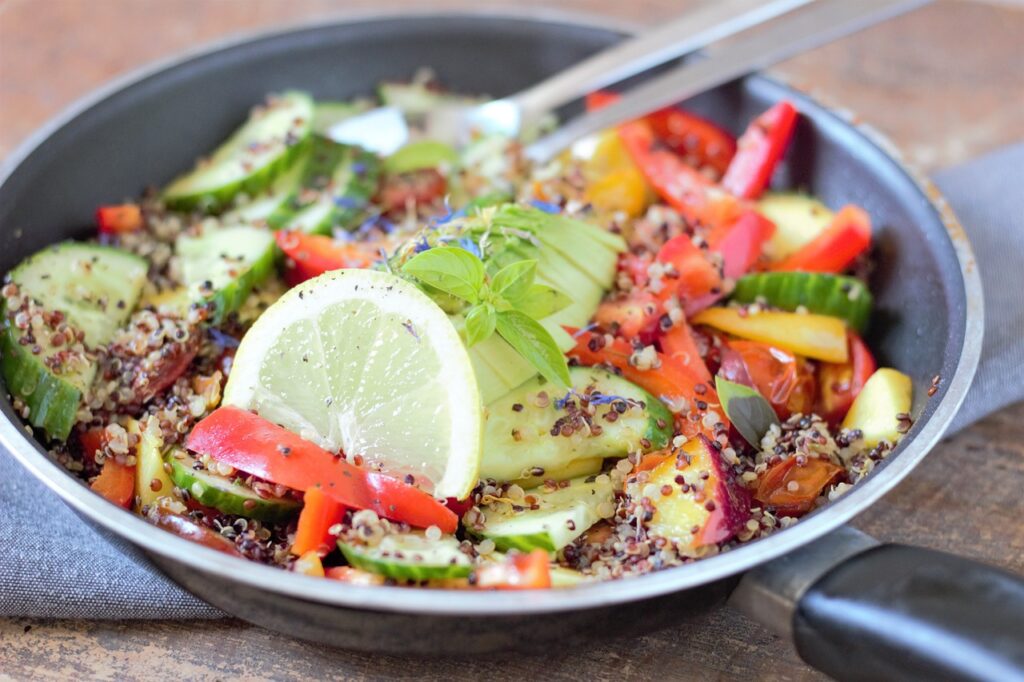
Beet, Orange, and Feta Salad (Calories: 350 calories per serving)
This salad is a great choice for those looking to lose weight as it is low in calories but high in nutrients and flavor.
To make this salad you will need:
- 4 cups mixed leafy greens
- 2 medium beets, roasted and sliced
- 2 oranges, peeled and sliced
- 1/2 cup crumbled feta cheese
- 1 tablespoon balsamic vinegar
- 2 tablespoons olive oil
- salt and pepper to taste
Preparation:
- In a large bowl, mix the mixed leafy greens, beets, oranges, and feta.
- In a separate small bowl, whisk together the balsamic vinegar, olive oil, salt, and pepper.
- Drizzle Dressing over the salad and toss to combine.
Kale Quinoa Salad with Grilled Salmon (Calories: 400 per serving)
This salad is a great choice for those looking to lose weight as it is low in calories but high in fiber, protein, and omega-3 fatty acids.
For this salad you will need:
- 4 cups chopped kale
- 1 cup cooked quinoa
- 1 grilled salmon fillet, skinless
- 1/4 cup chopped red onion
- 1/4 cup dried cranberries
- 1 tablespoon lemon juice
- 2 tablespoons olive oil
- salt and pepper to taste
Preparation:
- In a large bowl, combine kale, quinoa, grilled salmon, red onion, and dried cranberries.
- In a separate small bowl, whisk together the lemon juice, olive oil, salt, and pepper.
- Drizzle Dressing over the salad and toss to combine.
Carrot, Raisin, and Almond Salad (Calories: 300 per serving)
This salad is an excellent option for those looking to lose weight as it is low in calories but high in fiber and healthy fats.
For this salad you will need:
- 4 cups grated carrots
- 1/2 cup raisins
- 1/2 cup sliced almonds
- 1 tablespoon honey
- 2 tablespoons lemon juice
- 2 tablespoons olive oil
- salt and pepper to taste
Preparation:
- In a large bowl Mix in the grated carrots, raisins, and slivers of almonds.
- In a separate small bowl, combine honey, lemon juice, olive oil, salt, and pepper.
- Drizzle Dressing over the salad and toss to combine.
*Top 10 Vegan Salad Recipes
Avocado, Tomato, and Cucumber Salad
(Calories: 350 per serving)
This salad is an excellent option for those looking to lose weight because it’s low in calories but high in healthy fats, fiber, and moisture.
For this salad you will need:
- 4 cups mixed leafy greens
- 1 diced ripe avocado
- 1 cup halved cherry tomatoes
- 1 cup diced cucumber
- 1 tablespoon lime juice
- 2 tablespoons olive oil
- salt and pepper to taste
Preparation:
- Mix in a large bowl mixed vegetables, avocado, cherry tomatoes, and cucumber.
- In a separate small bowl, whisk together the lime juice, olive oil, salt, and pepper.
- Drizzle Dressing over the salad and toss to combine.
Broccoli, Grape, and Feta Salad (Calories: 300 per serving)
This salad is a great choice for those looking to lose weight as it is low in calories but high in fiber, vitamins, and calcium.
For this salad you will need:
- 4 cups chopped broccoli florets
- 1 cup red grapes, halved
- 1/2 cup crumbled feta cheese
- 1 tablespoon red wine vinegar
- 2 tablespoons olive oil
- salt and pepper to taste
Preparation:
- In a large bowl, broccoli, grapes and feta.
- In a separate small bowl, whisk together the red wine vinegar, olive oil, salt, and pepper.
- Drizzle Dressing over the salad and toss to combine.
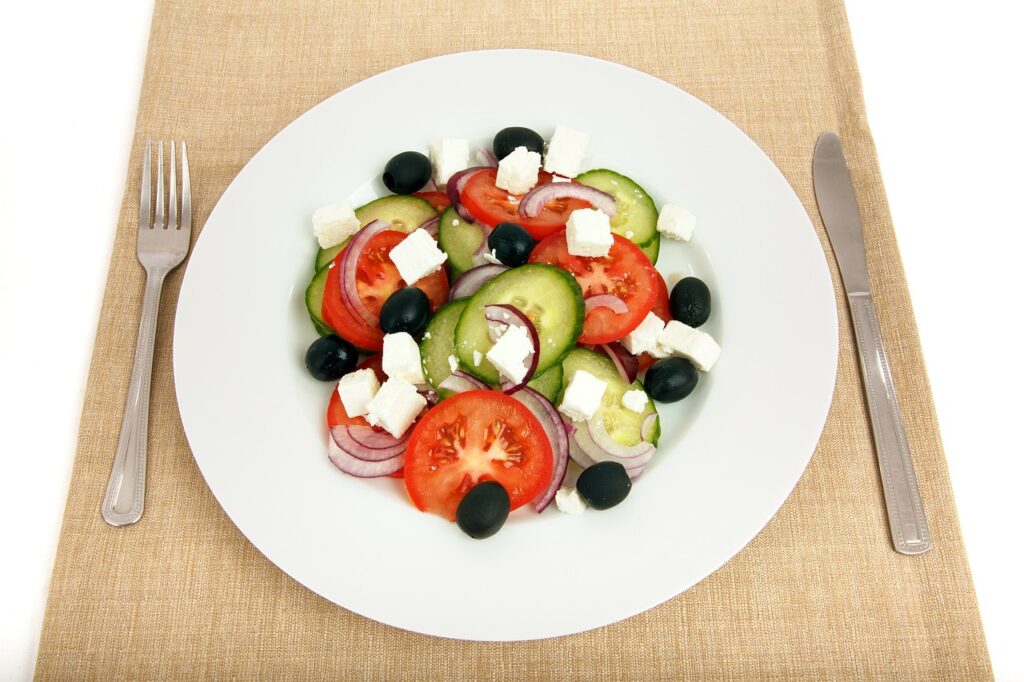
Incorporating a salad into your daily diet can be a great way to support weight loss goals.
The above 10 salad recipes for effective weight loss are delicious, nutritious, and low in calories, making them the perfect option for a healthy and filling meal.
Experiment with different ingredients to find the salads that work best for you.
Thank you for reading about our Top 10 Salad Recipes for Effective Weight Loss.
Have fun cooking!

Get Free Notion Templates, Recipies, and Ebook! If you love what we do, fuel our work with a coffee!
Note: This article includes affiliate links. Your support is valued and comes at no additional expense to you.
Crypto Donation – 94TQXX1ENtkXgVmNwQNPzW2HKXXPYhHdzPRPkvtkMVgf

